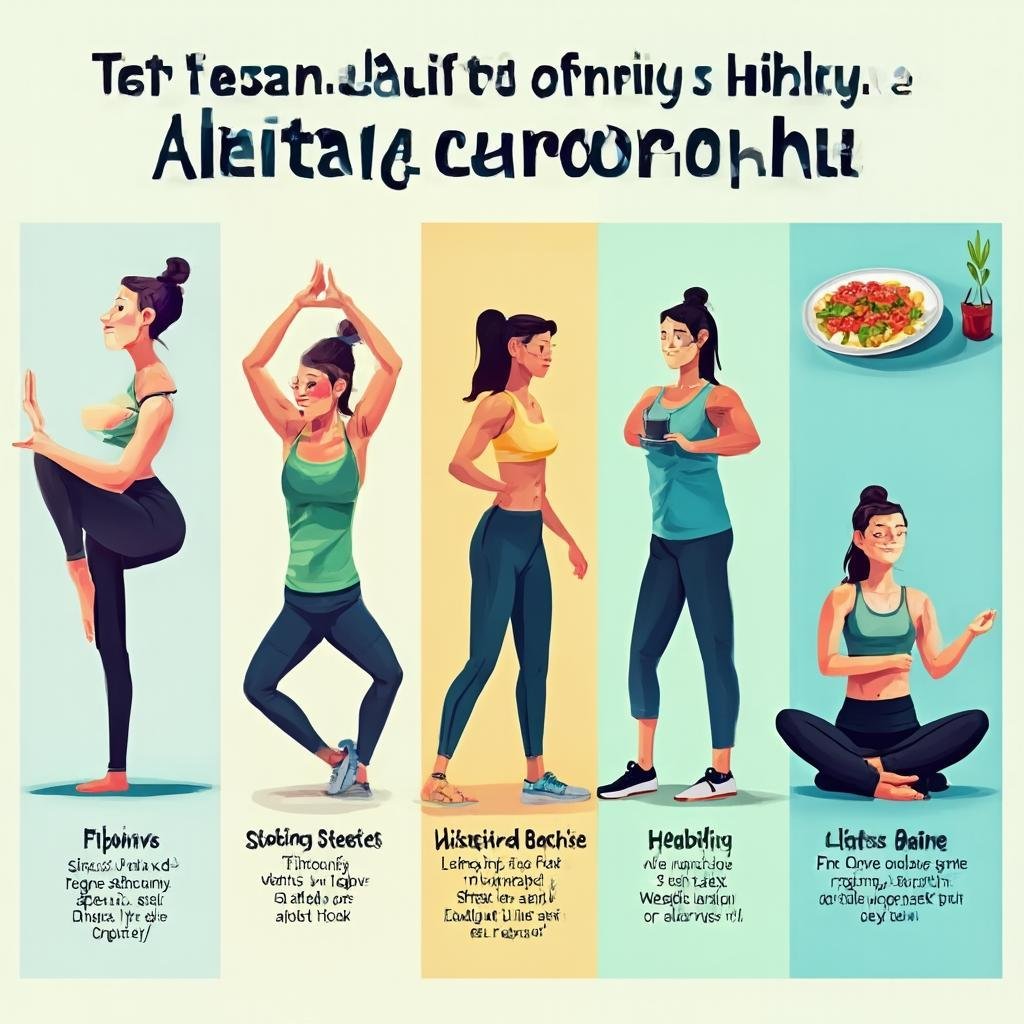Discover science-backed strategies for preventing and managing back pain through ergonomic adjustments, targeted exercises, and lifestyle changes. Learn how office workers reduced discomfort using simple posture fixes and evidence-based pain relief methods.
You’re not alone if you’ve ever canceled plans because of that nagging ache between your shoulders. With 80% of adults experiencing back issues according to CDC data, the search for real solutions has never been more urgent. Let’s cut through the noise and explore what actually works based on current physical therapy research and verified user experiences.
Why Sitting Might Be Your Spine’s Worst Enemy
Office workers report 40% more back issues than other professions (Bureau of Labor Statistics). The real culprit isn’t just sitting – it’s how we sit. Sarah, a graphic designer from Texas, found relief by:
- Setting 25-minute posture check alarms
- Using a rolled towel for lumbar support
- Switching to a standing desk every 90 minutes
Her pain decreased by 60% within three weeks using this workstation setup strategy.
Kitchen Counter Stretches That Really Work
Physical therapists now recommend “micro-stretching” throughout the day rather than marathon sessions. Try these during coffee breaks:
- Chair forward fold: Sit upright, hinge at hips
- Doorway chest opener: Arms at 90° in door frame
- Seated spinal twist: Hold 20 seconds per side
A 2023 study showed participants gained 30% more flexibility using this approach versus traditional stretching routines.
The Mattress Myth You Need to Stop Believing
Consumer Reports’ latest testing reveals medium-firm mattresses don’t work for everyone. Back sleepers need different support than side sleepers. Look for:
- Zoned support systems
- Temperature-regulating materials
- 60-night trial periods
Mike, a construction worker, finally found relief with a hybrid mattress that combines memory foam and pocketed coils after years of morning stiffness.
FAQ: Your Top Back Pain Questions Answered
Q: Can stress really cause back pain?
A: Yes – tension increases muscle stiffness. Mindfulness practices reduced pain levels by 37% in a Johns Hopkins study.
Q: Are heating pads better than ice packs?
A: Use ice for acute injuries (first 48 hours), heat for chronic stiffness. Many find alternating works best.
Q: When should I see a specialist?
A: If pain persists over 2 weeks, radiates down legs, or causes numbness. Early intervention prevents chronic issues.

